Sleep apnea is a sleeping disorder that can cause serious health problems, like high blood pressure and heart problems, if it’s not treated. This sleeping disorder causes breaths to cease repeatedly during sleep, leading to loud snoring and daytime fatigue despite a full night of sleep. Overweight men are most likely to suffer from sleep apnea, but anyone can suffer from it.
What is sleep apnea?
People with sleep apnea experience breathing interruptions during sleep. Untreated sleep apnea patients frequently stop breathing while they sleep, sometimes hundreds of times.
A number of health issues can develop when sleep apnea is not treated. These include hypertension (high blood pressure), stroke, cardiomyopathy (expansion of the heart muscles), heart failure, diabetes and heart attacks.
Children and adolescents with untreated sleep apnea can also be prone to work impairment, accidents at work, motor vehicle crashes and underachieving in school.
Sleep apnea can be obstructive or central:
- Most people suffer from obstructive sleep apnea. Obstructive sleep apnea occurs when the upper airways become blocked repeatedly during sleep. When an apneic episode occurs, the diaphragm and chest muscles become more active to open the airway. It is common for breathing to resume after a loud gasp or jerk. The episodes can impair your sleep, reduce the flow of oxygen to your vital organs, and cause irregular heart rhythms.
- During central sleep apnea, the airway is not blocked. However, the respiratory control center in the brain is not functioning properly, leading to the muscles failing to breathe. Central apnea is caused by problems with the brain.
Read: Psychophysiological Insomnia

Who gets sleep apnea?
Sleep apnea affects about 25% of men and almost 10% of women. People of all ages can suffer from this sleeping disorder, including babies and children. People who are overweight and over 50 are also more likely to suffer from this condition.
Obstructive sleep apnea patients share certain physical characteristics and clinical features. The most common of these is too much weight, a large neck, structural abnormalities that cause the upper airway to narrow, like nasal obstructions, low-hanging soft palates, enlarged tonsils and a small jaw with an overbite.
Check: Sleep Disorders
Sleep apnea in children
Children can suffer from sleep apnea, despite it being more common among older adults. Young people are more likely to suffer from obstructive sleep apnea than from central sleep apnea. Children with obstructive sleep apnea are estimated to account for 1% to 5% of the population.
The excessive daytime sleepiness associated with OSA in children is less likely to occur than in adults. The more likely symptom is hyperactivity during the day, learning difficulties, or behavioral problems during the night.
Obstructive sleep apnea in children is associated with snoring, just like it is in adults. It is possible for children to experience sweating, bedwetting, or sleepwalking at night. Untreated severe OSA can also affect the growth and development of children.
Children with enlarged tonsils and adenoids often suffer from obstructive sleep apnea, which may be treated with surgery to remove the tissues.
What happens when you stop breathing?
If you stop breathing for a prolonged period of time, your heart rate will also slow down. When your involuntary reflexes kick in, you wake up startled at the end of that period. A rapid increase in blood pressure is caused by this. Your heart rate will also increase.
When you stop breathing, these changes occur acutely. If you experience frequent apnea, your body starts experiencing chronic effects. Researchers have found that stopping breathing roughly 30 times or more per hour can increase your risk. Even lower frequency rates are likely to pose a risk.
Because of an increase in workload, your blood pressure often rises, your heart may thicken, and your heart’s structure may vary. It becomes stiffer and less flexible, as a result of the proliferation of fibrous cells between the muscle fibers.
This increases the risk of either atrial arrhythmias or ventricular arrhythmias. Furthermore, they tend to reduce the efficiency of blood pumping by the heart.
Related: Stressful Work Environments
What causes sleep apnea?
Obstructive sleep apnea occurs when the soft tissues in the rear of the throat collapse during sleep, blocking the airway. Sleep apneas with central causes usually occur in patients with neurological disorders, such as those suffering from strokes or neuromuscular diseases like amyotrophic lateral sclerosis (ALS, Lou Gehrig’s disease). It is also common in patients with heart or kidney failure, as well as patients with lung or kidney disease.
What are the symptoms of sleep apnea?
In many cases, the first signs of OSA are not detected by the patient, but by their bed partner. The majority of those affected do not complain about sleep. The following are the most common signs and sleep apnea symptoms:
- Snoring
- Daytime fatigue or sleepiness
- Sleeplessness, frequent nighttime awakenings
- Sudden feeling of gasping or choking
- Sore throat or dry mouth upon waking
- Cognitive impairment, such as difficulty concentrating, forgetfulness or irritability
- Mood disorders (depression or anxiety)
- Night sweats
- Frequent nighttime urination
- Sexual dysfunction
- Headaches
With central sleep apnea, people frequently wake up with the feeling of choking or gasping upon awakening as well as recurrent awakenings.
Read: Thought Disorder
Children may not exhibit as obvious symptoms as adults, but may experience:
- Poor school performance
- Sleepiness or sluggishness in the classroom, causing teachers to think the student is lazy
- An inability to breathe through the mouth during the daytime
- When inhaling, the ribcage moves inward
- Sleeping in unusual positions, such as kneeling or lying flat on one’s back
- Sweating excessively at night
- Learning and behavioral disorders (hyperactivity, inattention)
- Bedwetting
How is sleep apnea diagnosed?
The doctor may order an overnight sleep study if you feel that you may have sleep apnea if they determine you exhibit sleep-related symptoms. This method enables your sleep disorder to be objectively evaluated.
The testing involves an overnight sleep study called a polysomnogram (PSG). PSGs are performed in sleep laboratories under the direct supervision of trained technicians. The test monitors numerous body functions while you sleep, including brain electrical activity, eye movements, muscle activity, heart rate, breathing patterns, airflow and breathing patterns. Once the study is completed, a thorough evaluation of the sleep apnea severity is done. Each sleep apnea episode is logged and graded for severity.
Adults can sometimes undergo a Home Sleep Test (HST). Using this method, you can do a sleep study at home without leaving your own abode. Airflow, breathing effort, blood oxygen levels and snoring are recorded, but not in the same way as PSG. It confirms a diagnosis of moderate to severe obstructive sleep apnea.
It is not advisable to use an HST to screen patients without symptoms. The drug is not recommended for patients with serious medical complications (such as heart failure, severe cardiac disease, neurological damage, or severe pulmonary disease).
Moreover, it is not suitable for patients with other sleep disorders (such as central sleep apnea, restless legs syndrome, insomnia, disorders of circadian rhythms, parasomnias or narcolepsy) in addition to suspected OSA.
Read: Periodic Limb Movement Disorder
What are the treatments for sleep apnea?
Conservative treatments
When obstructive sleep apnea is mild, conservative therapy may be sufficient.
- Losing weight can be beneficial for overweight persons. Patients who lose even 10 percent of their weight can experience a significant reduction in apneic episodes. Untreated sleep apnea can make it more difficult to lose weight, as excessive appetite and metabolism changes can occur in patients who have obstructive sleep apnea.
- The sufferers should refrain from drinking alcohol or taking sleeping pills, as they can cause obstructions to the airway during sleep and extend apneic episodes.
- Breathing pauses can occur when the patient sleeps on their backs only if they have mild obstructive sleep apnea. Wedge pillows or other devices which allow them to sleep on their side can help in such cases.
- Snoring can be reduced and airflow improved by using nasal sprays or breathing strips for people with sinus problems or nasal congestion. All patients with sleep disorders should avoid sleep deprivation.
Read: Chronic Insomnia Disorder
Mechanical therapy
People with obstructive sleep apnea are typically treated with Positive Airway Pressure (PAP). Masks are worn over the nose or mouth by patients for PAP therapy. Air blowers gently force air through the nose and/or mouth. In order to prevent the collapse of the upper airway tissues at night, the air pressure is adjusted to just the right amount.
While using PAP therapy, it prevents airway closure, but when stopped or improperly used, apnea episodes return. PAP devices come in various styles and types, depending on the patient’s specific needs. The following styles and types are available:
- One of the most popular PAP devices is CPAP (Continuous Positive Airway Pressure). Machines are set to a single pressure.
- PAP with Bi-level features uses one pressure for inhalation (breathing in), and a lower pressure for exhalation (breathing out). The bi-level must meet certain criteria before it is covered by medical insurance. Before paying for a bi-level machine, you typically must have tried the CPAP machine without success and documented your results.
- An Auto CPAP or Auto Bi-Level PAP machine adjusts its pressure automatically during use, depending on the machine’s detection of the pressure required.
- Adaptive Servo-Ventilation (ASV) is a non-invasive method of breathing used to treat central sleep apnea. It keeps the airway open and provides a mandatory breath whenever needed.
Check: Anxiety Breathing Exercises
Mandibular advancement devices
The device helps patients with moderate to mild obstructive sleep apnea. Various dental appliances and oral advancement devices can be made to eliminate tongue blockage and advance the lower jaw forward.
During sleep, they assure an open airway. If this treatment is suitable for you, a sleep professional and a dentist (with experience in oral appliances) should jointly make the decision.
Hypoglossal nerve stimulator
During the procedure on the right side of the chest, a stimulator is implanted under the skin with electrodes tunneled into the hypoglossal nerve in the neck and to the intercostal muscles (two ribs away) in the chest.
Remote control is used to turn on the device before bed. A loud breathing cycle stimulates the hypoglossal nerve, which moves the tongue forward and opens the airway.
Surgery
The problem with sleep apnea and snoring can be solved with surgical procedures for people who don’t have it. Many surgeries are performed as outpatient procedures.
Surgery is necessary for people with abnormally thick or malformed tissues obstructing their airways, such as a deviated nasal septum, severely enlarged tonsils, or a small lower jaw with an overbite, causing their throats to become abnormally narrow.
Sleep apnea treatment is typically performed after conservative methods and a CPAP trial have failed to address the condition. A variety of surgical procedures are available, including:
- Radiofrequency energy is used to reduce soft tissue in the upper airways during a minimally invasive procedure known as somnoplasty.
- Tonsillectomy removes tonsils from the back of the throat, which are frequently an obstruction in children with sleep apnea.
- Uvulopalatopharyngoplasty (UPPP) involves removing soft tissue on the back of the throat and palate in order to increase airflow at the throat opening.
- The mandibular/maxillary advancement surgery corrects certain facial deformities or obstructions of the throat that cause obstructive sleep apnea. Patients with severe or unusual head and neck abnormalities usually require this invasive procedure.
- The condition of the nose is corrected with nasal surgery, including the correction of nasal obstructions like a deviated septum.
Read: How Pandemic COVID-19 Affects Our Dreams
Are there any effects of sleep apnea?
When sleep apnea goes untreated, it can cause a number of health problems, including hypertension, strokes, arrhythmias, cardiomyopathy (expansion of the muscle tissue of the heart), heart failure, diabetes, obesity and heart attacks.
The cause of sleep apnea may be arrhythmias or heart failure because sleep apnea tends to increase blood pressure. People with heart failure or atrial fibrillation are more likely to have sleep apnea.
The following can be caused:
- Hypoxia (repeated episodes of low oxygen)
- CO2 levels change over time
- The heart is directly affected by changes in chest pressure
- An increase in markers of inflammation
Because this disorder is so prevalent in cardiac arrhythmias and heart failure (basically a coin flip as to whether the patient has it), experts urge you to seek medical advice as soon as possible.
Complications
It is a serious condition to suffer from sleep apnea. This can lead to complications such as:
Daytime fatigue
The repeated awakenings caused by sleep apnea make normal sleep impossible, leaving you drowsy, tired, and irritable during the day.
Having trouble concentrating and falling asleep at work, watching TV, or driving might be a sign that you’re having trouble focusing. People with sleep apnea are more likely to get into accidents at work and in their cars.
It’s also possible to feel depressed, moody, or quick-tempered. Sleep apnea can make children and adolescents perform poorly in school or cause them to behave inappropriately.
Heart problems or high blood pressure
Blood pressure is increased and the cardiovascular system is strained due to sudden drops in oxygen levels during sleep apnea. You are more likely to have hypertension if you suffer from obstructive sleep apnea.
You may also be at risk for stroke, recurrent heart attacks, atrial fibrillation, and heart failure if you suffer from obstructive sleep apnea. It is possible to die from an irregular heartbeat if you have heart disease if you suffer from multiple episodes of hypoxia (low blood oxygen).
Type 2 diabetes
Diabetes type 2 and insulin resistance are linked to sleep apnea.
Metabolic syndrome
An increased waist circumference, high blood pressure, abnormal cholesterol levels, and high blood sugar are all associated with this disorder.
Medication and surgery complications
The use of certain medications and general anesthesia can lead to obstructive sleep apnea. Those who suffer from sleep apnea, especially when sedated and lying on their backs, are more likely to have complications after major surgery.
If you suffer from sleep apnea, you should tell your doctor about how it’s being treated before undergoing surgery.
Liver problems
Nonalcoholic fatty liver disease (NAFLD) is more likely to occur in people with sleep apnea and results in abnormal liver function tests.
Sleep-deprived partners
People sleeping near you can be kept awake by loud snoring. Sleeping in another room, or even on another floor, is not uncommon for a partner.
Living with sleep apnea
Living with sleep apnea can be challenging, but there are practical steps that can help people cope with this condition.
- Consult a doctor regularly. Report any ongoing symptoms, challenges with treatment, or other concerns to your primary care doctor or sleep specialist as soon as possible so your treatment plan can be adjusted.
- Treatment devices should be properly cared for. You can avoid unwanted side effects by keeping your PAP device or mouthpiece clean and maintained.
- Don’t engage in risky activities. The risks of daytime sleepiness should be considered by people who suffer from sleep apnea. Driving and operating heavy machinery while drowsy are especially dangerous for people with untreated sleep apnea.
- Try sleeping in a different position. It has not been rigorously studied, but some people may find relief from their obstructive sleep apnea symptoms by using special products to avoid back sleeping.
- Keep alcohol consumption to a minimum. An important part of the treatment plan for sleep apnea is reducing alcohol consumption. It is possible for people with untreated OSA to experience breathing problems at night even if they consume alcohol during the day.
- Learn about sleep apnea from new doctors. If a person has sleep apnea, they should tell any new medical provider about the condition, especially before starting a new medication or undergoing surgery.
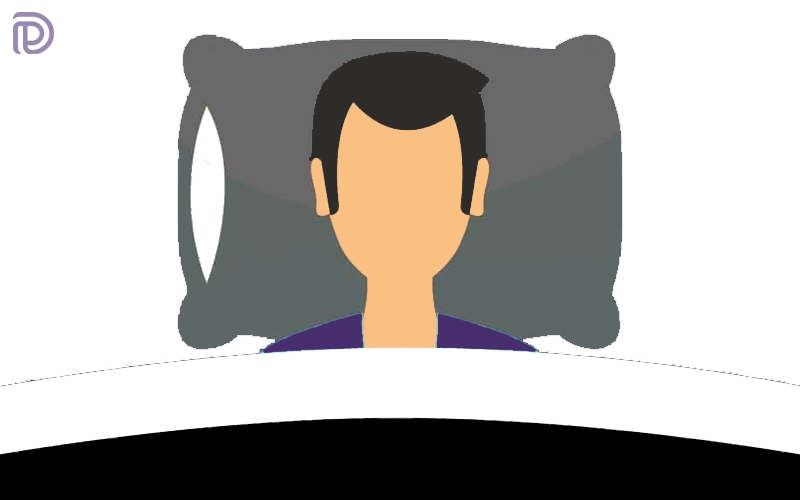
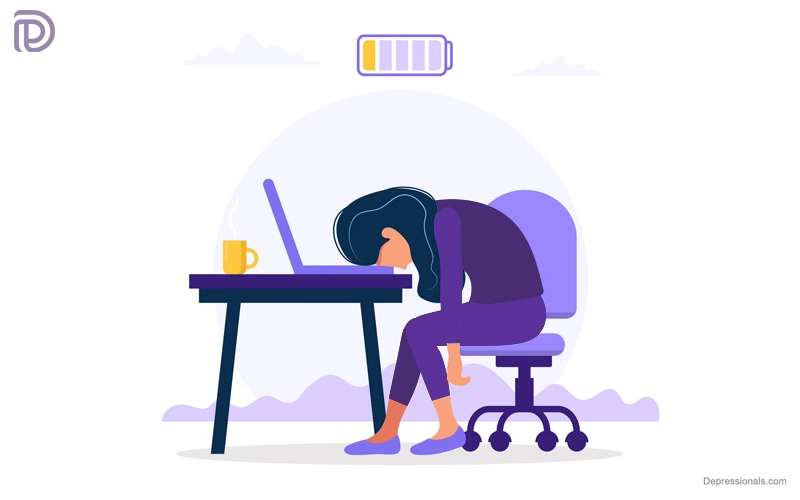
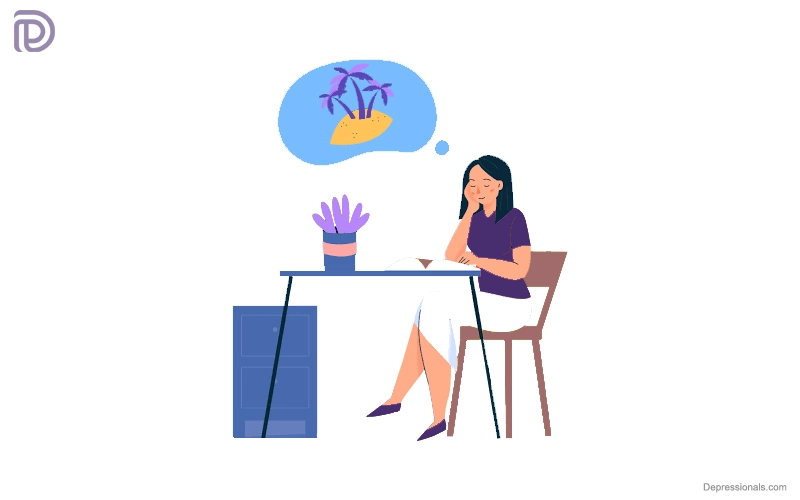
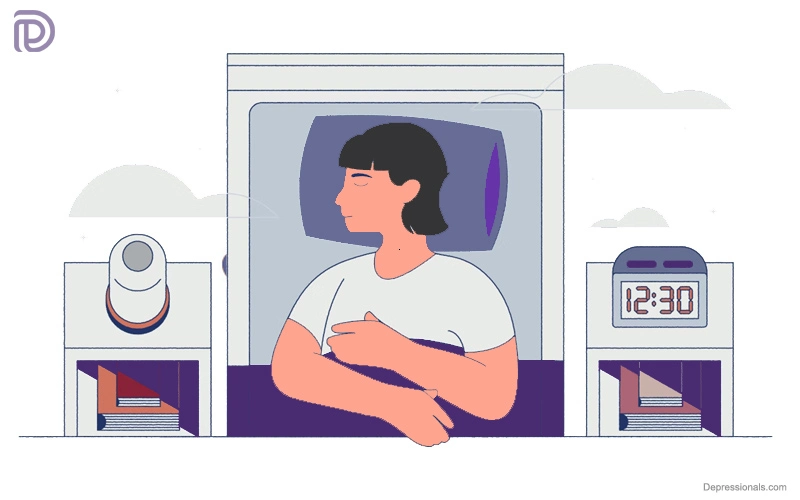
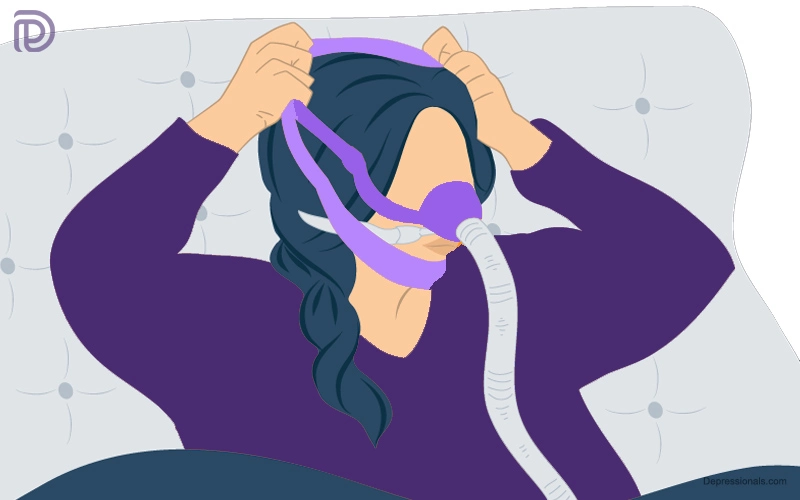

Enjoyed reading this, very good stuff, appreciate it.
Some truly nice and utilitarian information on this web site, too I think the style has got superb features.
Excellent work